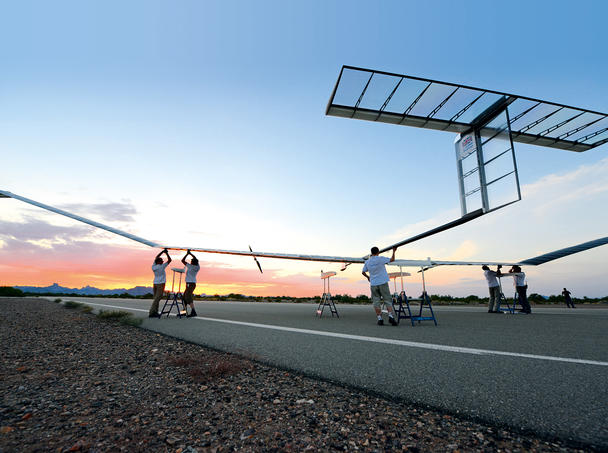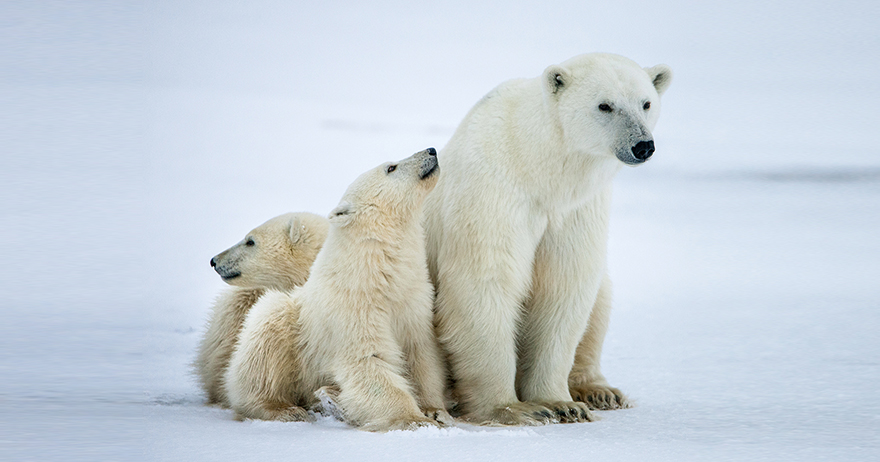1987 White Paper Force - Primary Legacy - The North Warning System of 47 Remote, Unattended, Radar Sites.
Proposed Territorial Defence Force - Total Force
4,000 Rangers
90,000 Militia
400 Bv206
200 Bison
Rangers to continue their mission of patrolling their hunting grounds and reporting their observations
Militia to establish a force of Security Guards, "minimally trained", to secure military Vital Points.
(Dew Line, further south, was covered by both Ranger and commercial activity. The had "eyes on". The North Warning System was not only unmanned but unobserved. Presumably the VP guards were not, as we feared at the time, to guard local post offices in the south, but the NWS sites in the north.)
The Vital Point guard force would be based on small groups (I assume platoon sized) organized into Task Forces and Brigaded for administrative purposes.
The VP force would be 100% Militia and would be raised from the 90,000 people on strength when the force was required up north. It wasn't a permanent placement. It was a permanent commitment.
The Rangers and the VP force would be backed up by a 10/90 Light Brigade. 10% Regular Force and 90% Militia.
3 Light Battalions, 1 Cougar AVGP Squadron and 1 Artillery Regiment (presumably C1 105s)
The next level of domestic support started to include a greater Reg Force commitment. It was based on one of the 3 existing Reg Brigade Groups. It was a 50/50 Medium Brigade. 50% Regs and 50% Militia. It was to be equipped with AVGP Cougars and Grizzlies, and presumably Bisons, as well as M113s and either M109s or 105s or perhaps a combination. Remember: "No tanks in the streets!" 3 Battalions, 1 Cougar AVGP Squadron and 1 Artillery Regiment.
The centre-piece of the Territorial Defence Force was the Canadian Airborne Regiment. A parachuted deployable 90/10 immediate reaction Airborne Battle Group that could be dropped anywhere in Canada with the existing fleet of Hercs and supported with the helicopter force of Kiowa, Iroquois and Chinook.
The CAR had a peace-time establishment of 730, all ranks organized into 3 Commandos of 154 commanded by a Major.
The Commandos each had 4 "rifle" platoons of three sections, and a separate "weapons" platoon of 3 TOW launchers, 2 HMGs and a mortar group of 4 81mm mortars. The weapons platoon was mounted and supplied with jeeps. They could be brigaded to create as support company if the entire regiment was deployed as a unit.
Command and Control was exercised by the HQ and Sigs Squadron of 132, including the CAR's recce platoon.
Combat Service Support was supplied by the CAR's own Airborne Service Commando of 134 which provided "first line medical, maintenance, transport and supply" support.
When the CAR was plus-upped to the parachutable Airborne Battle Group of 925 it added 6 L5 105mm howitzers and a VSHORAD GBAD section with 5 Blowpipes. These additions were supplied by E Battery 2 RCHA. 2 CER supplied 64 Engineers. The final addition was a Medical group of 17 capable of emergency surgery in the field as well as ambulance services.
The "hidden" costs and capabilities of the CAR included the Canadian Forces Parachute Maintenance Depot which packed, maintained and supplied all the 'chutes, and the Canadian Airborne Centre. The Airborne Centre provided training in static and high altitude parachuting, but also in dropping kit. It also trialled kit and techniques.
So, the Territorial Defence Force from the top,
925 Regs committed to an Immediate Reaction Unit in the form of the 90/10 Airborne Battle Group.
A 50/50 Medium Brigade Gp
A 10/90 Light Brigade Gp
A 0/100 Vital Point security force
90,000 Militia under 131 local commanders
The Canadian Rangers.
Supported by Hercs, Chinooks, Iroquois and Kiowa.
This left the following Expeditionary Force under the newly recreated 1st Canadian Division. A Division (-). Being only a 2 Brigade Division, previously seen in WW2 Armoured Divisions.
One Brigade, 4 CMBG, was a 75/25 Brigade Group, light on infantry, with only two battalions mounted in M113s, one Leo and M113 equipped Armoured Regiment, and large Artillery Regiment with 24 M109s, an ADATs VSHORAD Battery mounted on M113s. The Division also had 1 or 2 Batteries of towed/emplaced radar guided 35mm anti-aircraft guns under the Oerlikon SkyShield system.
As noted the Brigade was not fully manned. It required 25% of its strength, Militia, to be flown over from Canada. Likely this would happen the same day that the Territorial Defence Force was fully manned and the Vital Point guards deployed. It would also happen the same day that the Division started to receive the Canadian Air Sea Transportable Brigade Group which had orginally been tasked to Norway but was reassigned to Germany to re-create the 1st Canadian Division.
The CAST Brigade was to be a 90/10 Medium Brigade based in Canada, equipped with the M113s, Leos, M109s and AVGPs in Canada but to fall in on M113s, Leos and M109s prepositioned in Germany. This was a three battalion Brigade
The final element of the Expeditionary Force was an independent light infantry battalion based in Canada that would be flown over to join NATO's multi-national Allied Command Europe (ACE) Mobile Force (Land) - North. AMF(L)-North. This also was a 90/10 Regular unit. In Europe it was expected to continue operating in Scandinavia with Bv206 tracks.
So the expeditionary force
1 Canada Based 90/10 Immediate Reaction Light Infantry Unit (AMF(L))
1 Mechanized Division (-)
1 Pre-Positioned 75/25 Mechanized Brigade Gp (-)
1 Canada Based 90/10 Air deployable Mechanized Brigade (with prepositioned gear)
GBAD and SPH Artillery.
What this meant was that the AMF(L) Bn and the CAST Bde were both available at priority call for the Territorial Defence needs of Canada. If they were called to Europe because of NATO commitments then there was a Militia based Territorial Defence Force on hand to replace and augment them in Canada.
Personally I saw little wrong with the plan then and nothing wrong with the plan now.
From the Militia it asks that it puts 90,000 willing citizens on its rolls. Some would be tasked to jobs that only required what they could learn down at the armoury during the week to become glorified armed night-watchmen in dreary, unexciting, uncomfortable locations. Class A service.
Some would be trained to Reg Standards but continue with civvy life with a commitment to fall in when summoned. Class B service.
Some would make themselves available full time to keep the Militia running, along with Reg Force cadres, while others volunteered for the Immediate Reaction Units and the Expeditionary Forces. Class C service.
This was the fully integrated, Total Force, plan.
Disrupted by:
SSNs,
The Fall of the Wall,
Recession,
The Fall of the CAR,
Confusion and Chaos,
Institutional Inertia.
But the plan? The plan is still a workable plan.





